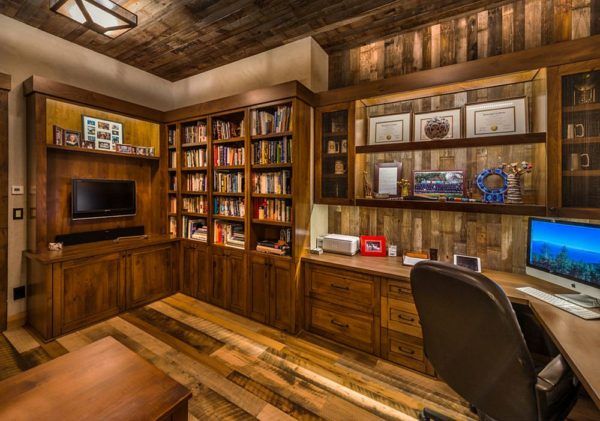Using recycled or reclaimed wood as your flooring or furniture at home is a great as it can preserve the forests from further deforestation. However,
Using recycled or reclaimed wood as your flooring or furniture at home is a great as it can preserve the forests from further deforestation. However, wood experts might call you out as there can be potential moisture problems with your recycled wood. With that said, it’s important to measure the moisture content (MC) of the reclaimed wood before processing it into a finished product.
Unfortunately, the need for MC test applies for the wood’s lifetime. You’re may be right to assume now that wood recyclers have already run an MC test prior to its initial building application. However, recyclers must still verify the MC levels in order to avoid costly finished product problems.
Another thing to consider is maintaining Equilibrium Moisture Content (EMC) of a wood. Measuring EMC is important in order to deliver stable product performance. EMC is greatly dependent on the relative humidity (RH) and temperature of the surrounding air. This means that the greater the RH, the more moisture a wood will absorb. Conversely, the lesser the RH, the less moisture a wood absorbs. With that said, it’s important to check your wood flooring’s moisture content.
There are three reasons for measuring moisture content. Firstly, an initial MC test will tell you the existing state of moisture in the reclaimed wood. The moisture inside the wood will determine if the wood is ready for manufacturing or not. Secondly, will be easier to segregate reclaimed wood by knowing the MC values from each wood especially if these wood came from a variety of sources. Thirdly, there are cases where a wood product has not reached the desired EMC after installation so monitoring that wood product’s MC is important to ensure that the wood product is installed safely. Failure to check wood moisture can lead to disastrous consequences such as cracks, shrinkage, gluing failures, and/or cupped or curved panels.
The good news is that MC is not necessarily a continuous worry. All wood has varying moisture levels within their cells. When wood is given sufficient time for its moisture levels to stabilize with the RH and the temperature of its environment, the wood will reach its EMC or its moisture balance. Ideally, the reclaimed wood that you have chosen should reach its EMC in its new home. This is very important especially if you are manufacturing wood flooring as wood expands and contracts as seasons and RH change. It won’t hurt to check the MC of your reclaimed wood products every now and then.


COMMENTS